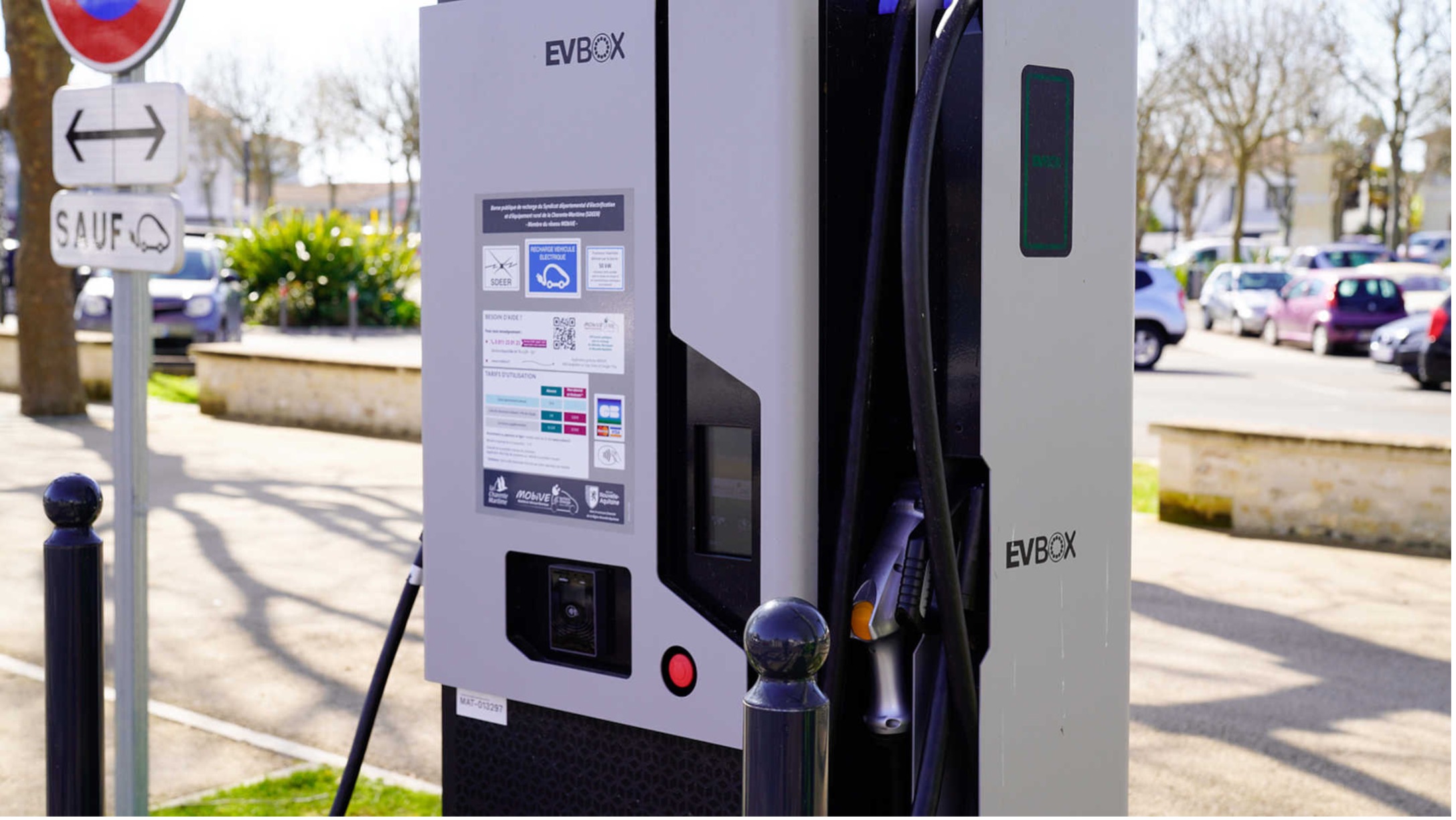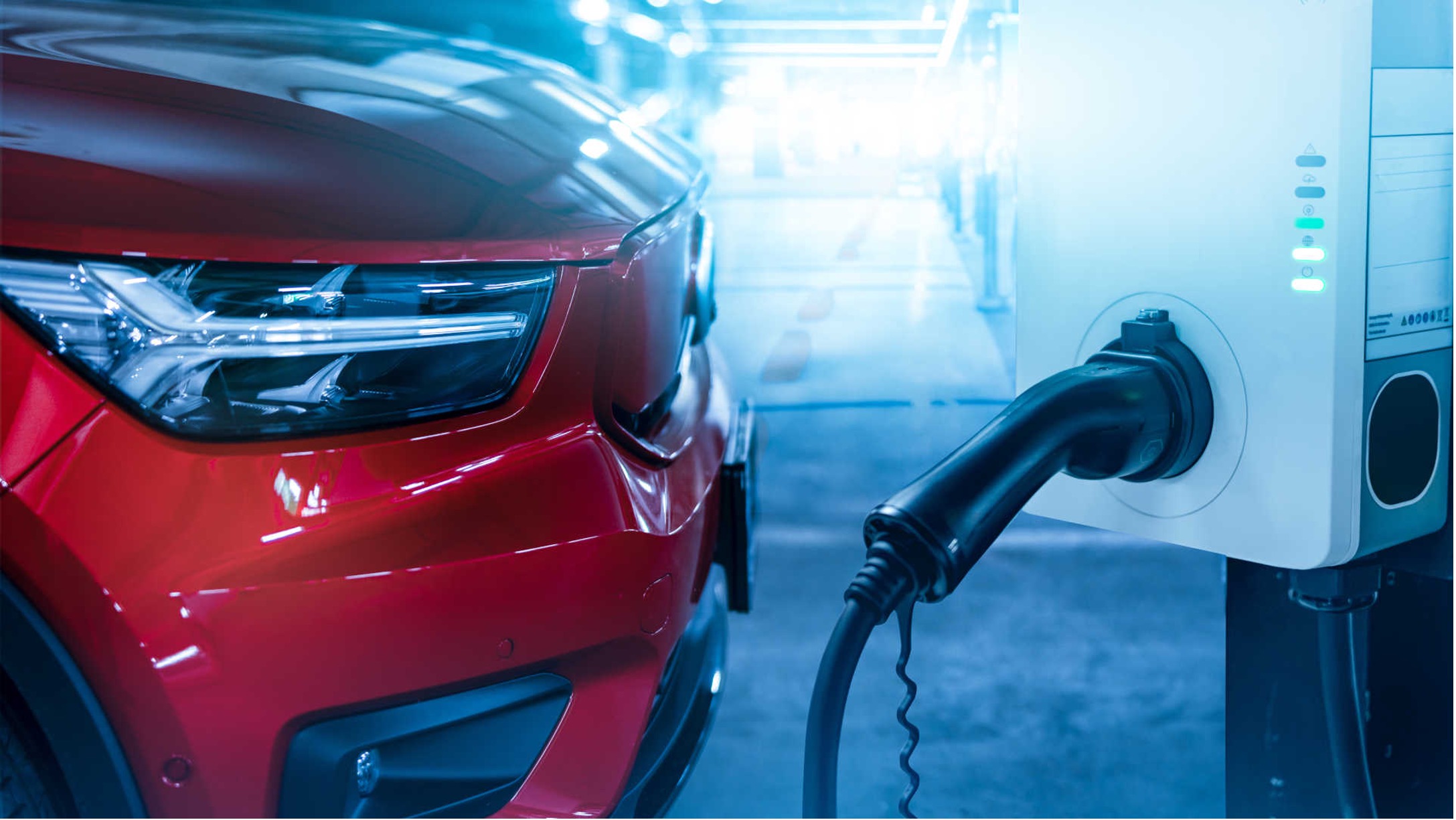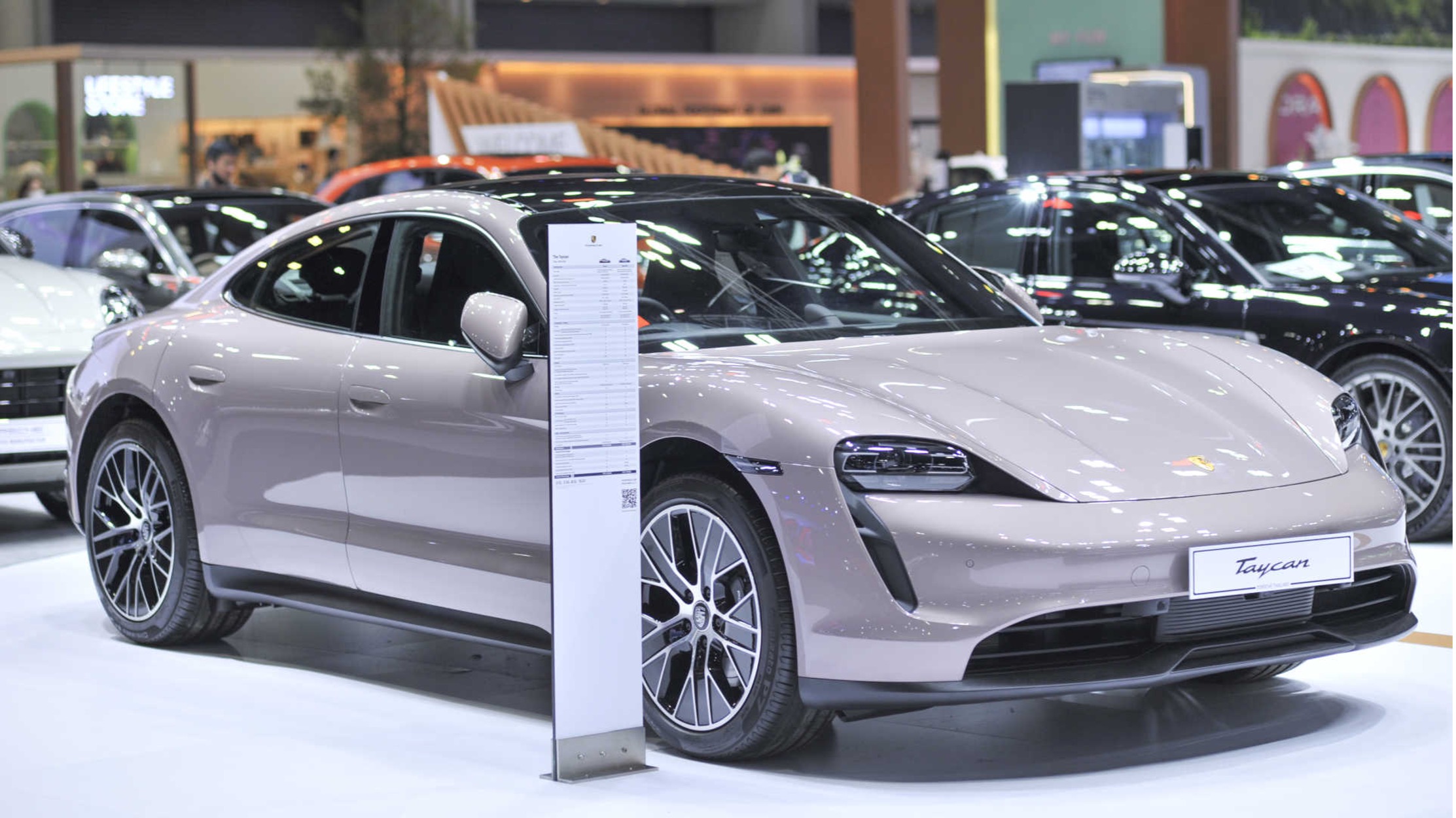If you’re an owner of an electric vehicle, you’ll know that instead of filling your car with fuel, you need to plug it in to charge it at electric car charging stations.
While public charging stations make EV charging simple, you should know a few things before using them. If you’re new to the world of electric vehicle charging, you may find yourself with a series of questions, including “what are EV charging stations and how do EV charging stations work?” Don’t worry; we are here to answer these very questions! Below, we explore the essentials of EV charging stations to help you get the most out of your chargers and electric vehicle investment.
What are EV charging stations, and how do they work?
While various types of EV charging stations exist, not all of them are the same. If you want to have your own charging station installed at home, note that there are different types to choose from. Some can be installed by plugging them into a standard wall outlet, while others require a certified electrician. In addition, EV chargers have three main categories—Level 1, Level 2, and Level 3. We discuss each type below.
Level 1
Level 1 chargers use a 120-volt AC plug. Level 1 chargers can be plugged into standard outlets and don’t require a custom installation. While being the most affordable charger, they also take the most time to charge your car’s battery. Level 1 chargers are typically used at home, and EV drivers use them to charge electric vehicles overnight.
There are also sustainable solutions for EV owners worrying about managing their electricity bills. Bidirectional chargers, for example, help EV owners take advantage of their vehicle’s battery pack to ensure no electricity is wasted.
Level 2
Level 2 chargers are ideal for residential and commercial charging stations. Registered electricians are required to install these chargers. Level 2 EV chargers can charge 15 to 80 kilometres of range per hour, powering up your car much more quickly than a level 1 charger.
Level 3
Level 3 or DC fast chargers can add 100 to 130 kilometres of range in just 20 minutes. You can find these chargers in commercial and industrial settings and on roads where there is a need for long-distance driving.
Time spent at charging stations
All cars have batteries, but an electric vehicle battery is different. It’s a much larger lithium-ion battery that can store as much as 100 kilowatt-hours of electricity. Your electric vehicle’s battery size and the type of EV charger you use are large players in charging times.
Generally, level 2 charging stations charge about 6 kilowatts and can add 30 kilometres of range in an hour. Level 3 charging stations use a high-voltage current, charging up to 350 kilowatts for electric vehicles that can accept the rate. But remember, other factors may also affect charging times, including battery technology, quality of the charger, EV model, and environmental factors such as temperature. Frequent fast charging may degrade your battery over time. This is why it’s best to use chargers appropriate to your battery size and current range needs.
Importance of effective load management in charging stations
If you’re planning to set up your own commercial charging station, you also need to know the importance of load management. When several EV drivers are charging at the same time, it may put a strain on your building’s power supply. Elanga’s “Maximiser” (EM) product can help prevent issues like power outages by:
Limiting the power EV chargers consume
EM limits the total power that a group of EV chargers can collectively consume and utilises the maximum current flow to distribute the power evenly to charging points with an active transaction.
Recalculating the current
When the status changes for any charging points in the group, EM will recalculate the available current, and send the current flow limits to all charging points with an ongoing charging transaction.
SOLM charging solutions
Like EM, Supply Optimised Load Management (SOLM) adjusts the charger group power limit based on what’s left over from the building’s power usage. When the power demand is low, SOLM will increase the charger group power limit and vice versa. Where EM falls short of reading the static charger group limit, SOLM can be utilised to achieve better optimisation, ensuring EV drivers get the optimal charge while guaranteeing a building’s electricity never exceeds capacity.
Choose Elanga for innovative charging solutions
Whether you are looking for a standard level 1 charger to use at home or DC fast chargers for your business, Elanga has a range of electric charging solutions to suit your needs. We also offer load management charging solutions that allow you to effectively manage charging systems designed for better optimisation and reduced costs. Want to learn more? Contact us today.




